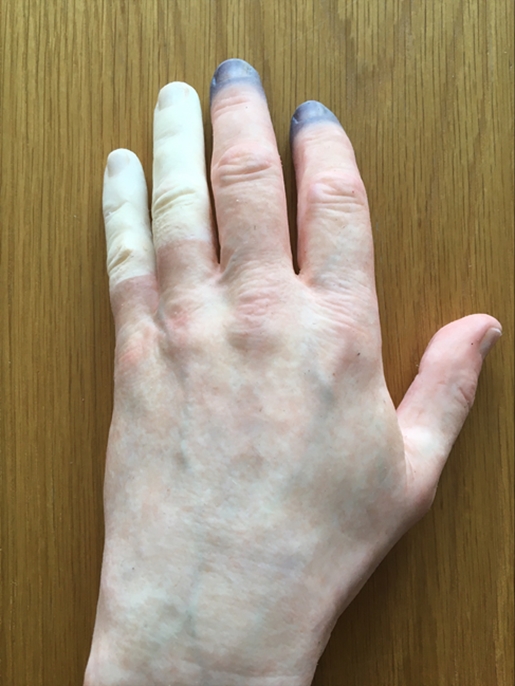
The use of vibrating tools can lead to several conditions connected to the hands and arms. These conditions are collectively known as Hand Arm Vibration Syndrome (HAVS) and are caused when vibration is transferred from a work process into workers' hands and arms.
It is caused when a person is in contact with a vibrating tool or work process on a regular basis. Examples include operating hand-held power tools, such as road breakers, hand-guided equipment, such as powered lawnmowers, or by holding materials being processed by machines, such as pedestal grinders. Occasional exposure to vibration is unlikely to cause ill health.
HSE have identified the following industries as most likely to involve hand-arm vibration.
The following tools and pieces of equipment can cause ill health from vibration
These lists are not exhaustive and other types of equipment and industries may also cause ill health from vibration.